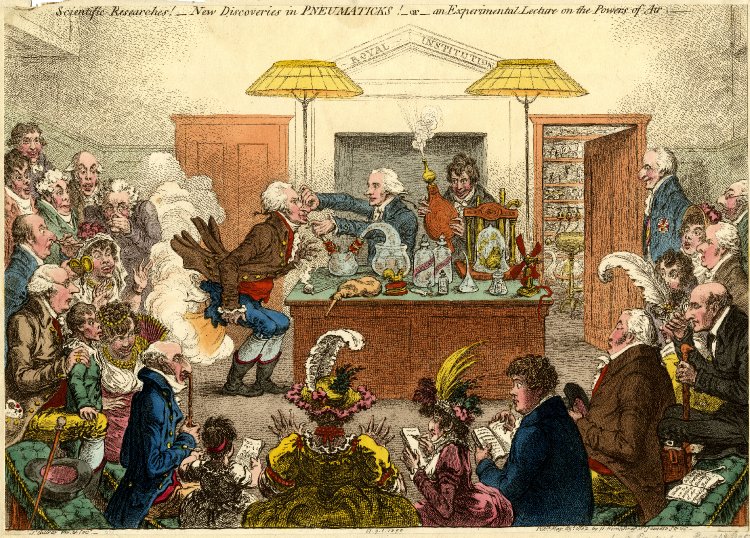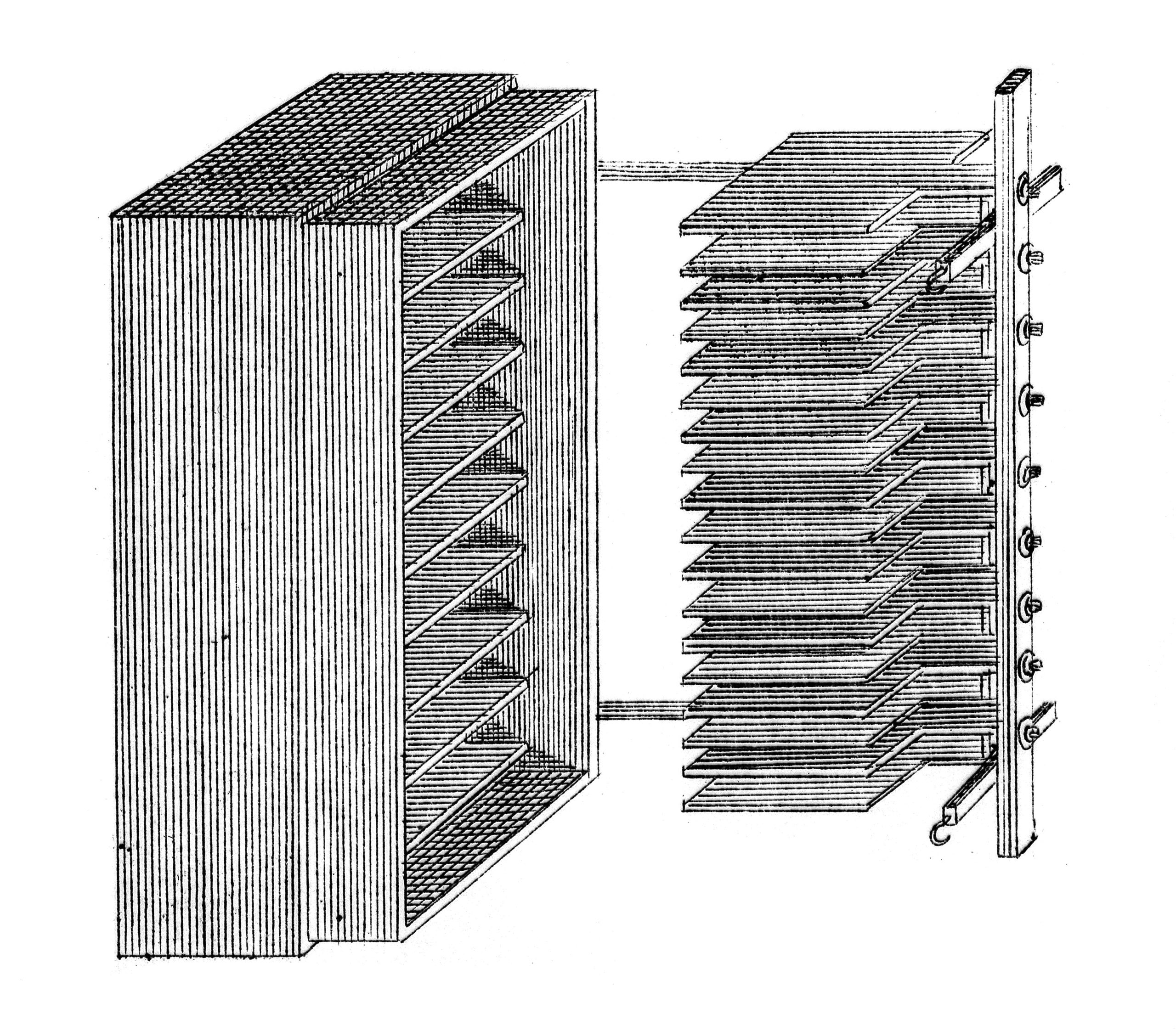Laura Young is a third-year undergraduate student in the Department of English Literature and Creative Writing at Lancaster University. She worked with the Davy Notebooks Project team, supervised by Ellie Bird, and designed these learning materials in 2023, as part of a work placement module (ENGL329 Work Placement: Culture, Heritage, and Creative Industries).
* * *


Subject: Chemistry
Ages: 11-14, Key Stage 3
Topics: Elements, Experiments, Uses of Electricity, History of the discovery of Elements
Lesson Objectives:
- To understand how Humphry Davy fits into the development of chemistry’s foundations
- To demonstrate knowledge of the applied use of electricity in Davy’s work
- To understand why the isolation of elements happened and their importance
- To identify the elements isolated by Davy
Humphry Davy was a brilliant British chemist (1778-1829) who invented the ‘Davy Lamp’, headed the Royal Society as President, and discovered many elements. Davy was a product of the Enlightenment, and it showed with the number of things he managed to accomplish; chemical science had taken steps forwards and he was at the forefront leading it. He also wrote and commented on poems in the time of the Romantics. This lesson plan goes into Davy’s discovery of the elements of sodium and potassium, a pre-made lesson to help the students apply their knowledge of elements, compounds, and mixtures to a real-world example. The handout also includes questions and a homework task for further engagement with both the information and Humphry Davy as a person. As a final inclusion, there is a scan of one of Davy’s notebooks in his own writing for students to have a go at transcribing themselves – it’s very difficult!
Lesson Plan (Word document; right click to download)
Worksheet (Word document; right click to download)
Powerpoint Presentation (Slideshare link; left click to access)